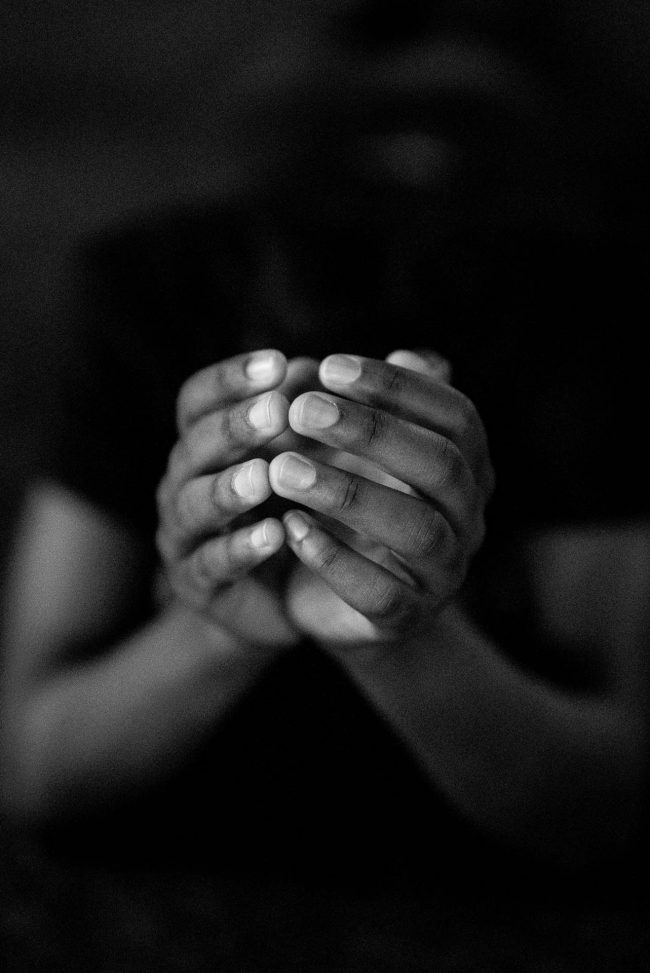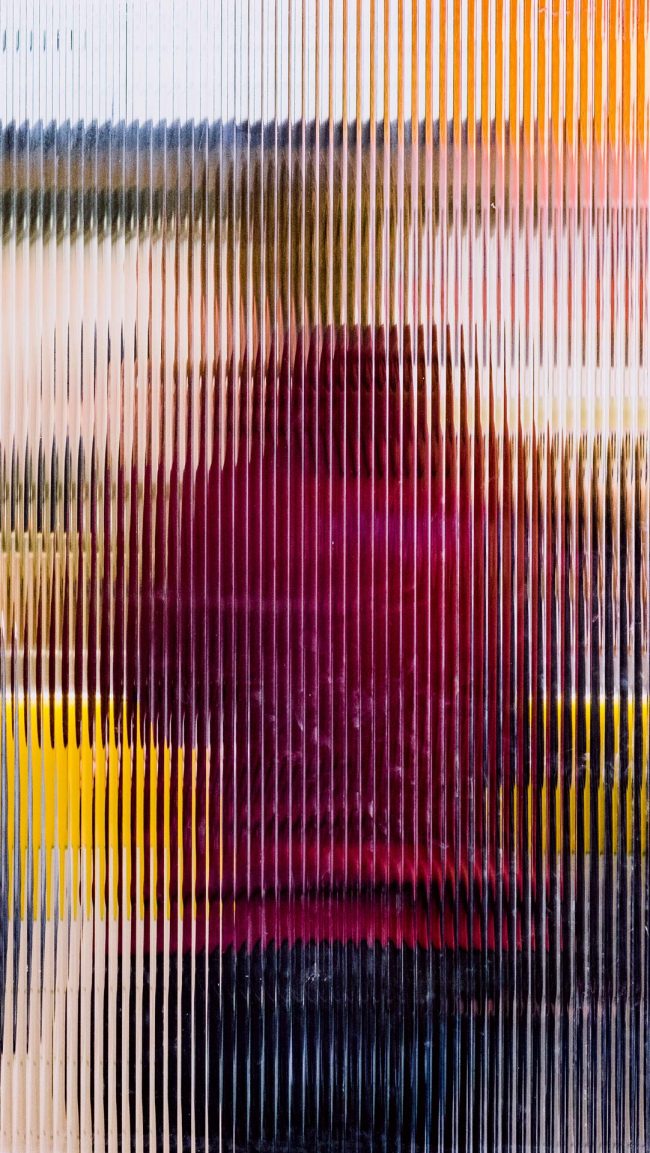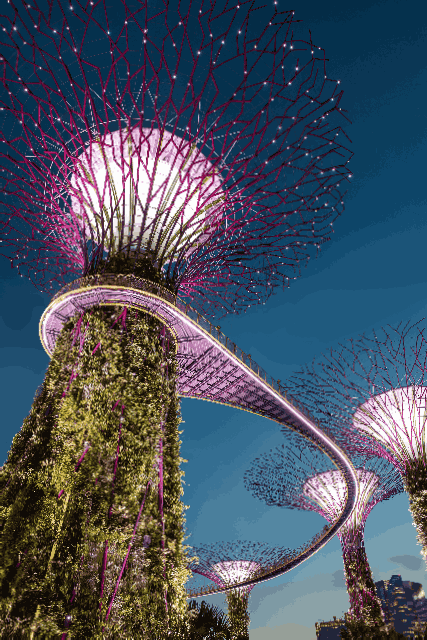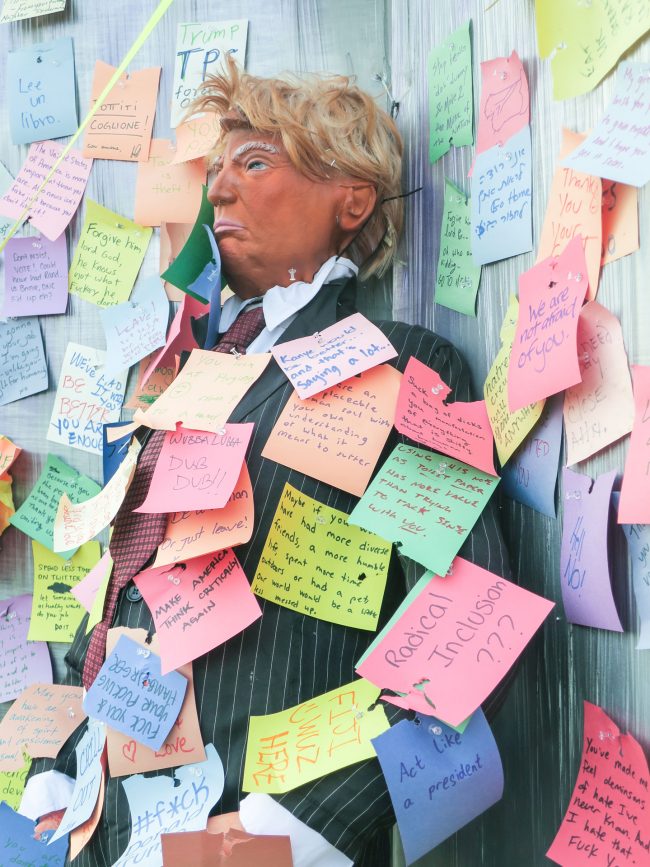SO I LISTEN by Abraham Velazquez, Jr.
I remember my first time being at The Brotherhood/Sister Sol (Bro/Sis) and participating in their writing program, The Lyrical Circle. It was held in the space where we would be sharing and creating art for years to come. We met in a small room on the second floor of a beautiful brownstone in the Hamilton Heights neighborhood of Harlem. The walls were radiant with bright yellows, and beautiful West African art decorated the room.










